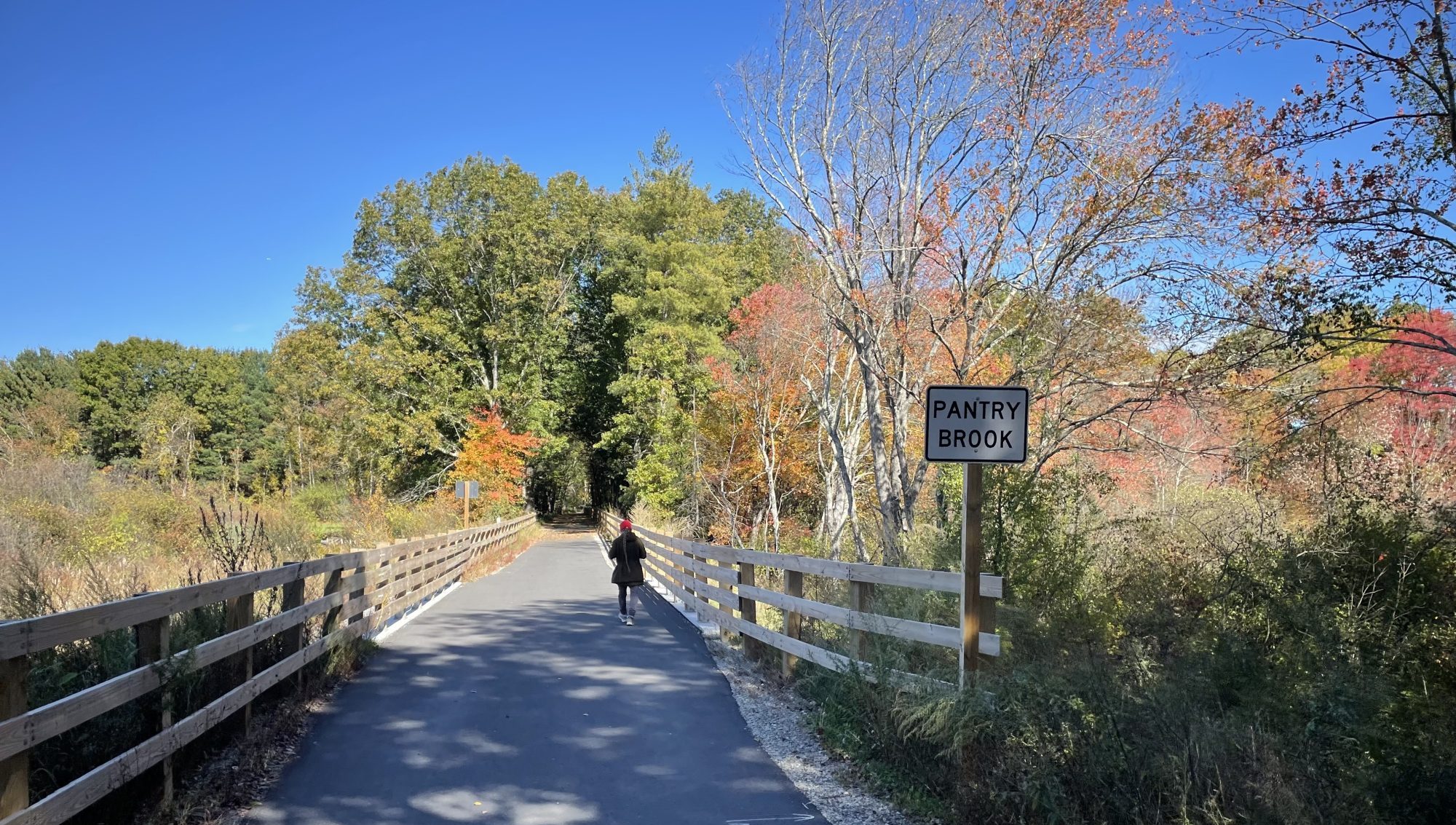A coalition of local sustainable transportation organizations is petitioning MassDOT to reconfigure the Massachusetts Avenue Bridge over the Charles River before the end of this year in order to control reckless driving and provide space for protected bike lanes and dedicated bus lanes.
"Although Boston and Cambridge have put bike lanes at both ends, the state controls the bridge and has yet to follow suit. We're determined to change that, and to get protected bike lanes on the Mass Ave. bridge this fall (or) winter," states the petition, which is being hosted on the Boston Cyclists' Union website.
The LivableStreets Alliance, MassBike, TransitMatters, Cambridge Bike Safety, WalkBoston, and the Institute for Transportation and Development Policy (ITDP) are also supporting the petition, which, as of Thursday evening, had attracted 2,300 signatures.
Elected officials are adding their support, too: on Monday, the Cambridge City Council unanimously endorsed a policy order "in support of implementing key safety improvements on the Harvard Bridge (which is the Mass. Ave. Bridge's official name), including flex post-protected bike lanes by the end of the year."
On Wednesday, Boston City Councilor Kenzie Bok, whose district includes the southern landing of the bridge, filed a similar resolution for the Boston Council's consideration.
The coalition's proposed design, which could be implemented with paint and flexposts before the end of the year, would remove one motor vehicle lane to provide more space for the bridge's bike lanes.
The proposal also recommends transit-prioritizing traffic signals at the intersections on either end of the bridge, plus short segments of dedicated bus lanes and shared bus/turn lanes that would speed the MBTA's Route 1 buses:

According to the City of Boston's biannual bike counts, the Mass. Ave. Bridge is one of the city's busiest on-street bike routes.
During the morning and evening peak hours, bikes make up roughly a quarter of all the bridge’s vehicular traffic, even though its roadway features four wide lanes for motor vehicles, and only two narrow, unprotected lanes for bikes.
That bridge's four-lane layout has been in place since the 20th century, and historically, that layout extended into Boston and Cambridge on either side of the river.
However, in recent years both the City of Cambridge and the City of Boston have redesigned much of Mass. Ave. to make room for better bike lanes and bus lanes.
Street safety advocates argue that the four-lane configuration is outdated and unnecessary, and allows dangerous drivers to swerve around slower vehicles to attain lethal speeds as they cross the river.
Safety advocates have collected radar speed data from bridge traffic and allege that nearly every driver on the bridge is breaking the law with respect to the speed limit. Volunteers clocked numerous vehicles hitting speeds over 50 mph, more than double the speed limit.
"You never see the entire length of the bridge backed up with traffic. Cars speed until they get to a holdup at the traffic lights on either end of the bridge," says Becca Wolfson, , executive director of the Boston Cyclists Union, in a phone conversation with StreetsblogMASS earlier this week (disclosure: Wolfson also serves on the StreetsblogMASS board of directors).
Wolfson also compared the coalition's proposal to the successful advocacy campaign to sacrifice a motor vehicle lane for better bike lanes on the Longfellow Bridge in 2018.
That lane reduction was later expanded onto Main Street in the City of Cambridge.






